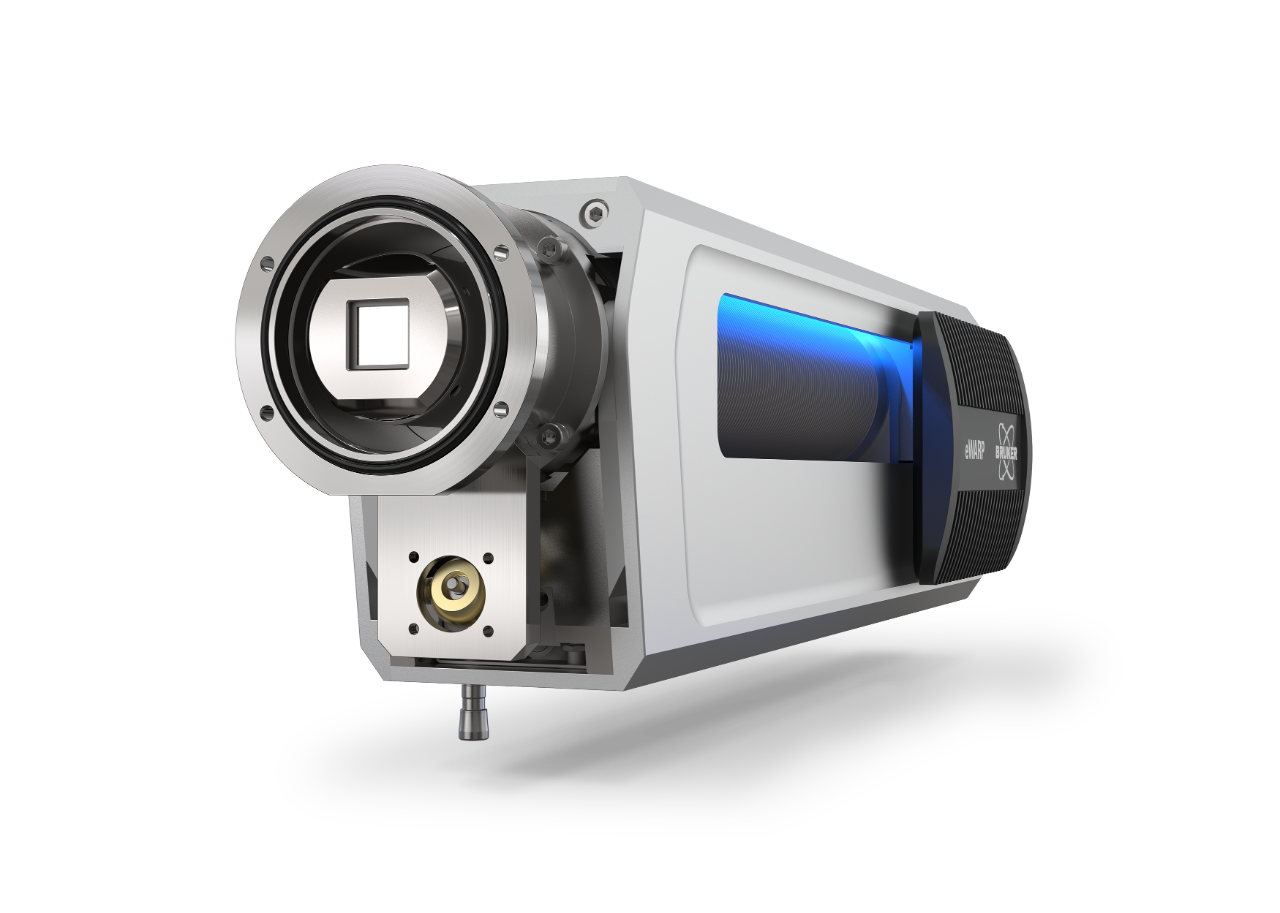Crystals in Transition: EBSD Unlocks the Secrets of Green Steel
Green steel manufacturing is more than a technological advancement—it's a driver of environmental restoration, economic resilience, and sustainable industrial transformation. Adopting hydrogen-based steelmaking is key to achieving climate-neutral production.
Electron Backscatter Diffraction (EBSD) plays a critical role in optimizing and scaling green steel processes by enabling high-resolution analysis of microstructural changes during hydrogen-based iron ore reduction.
Bruker’s eWARP detector represents a breakthrough in EBSD technology, harnessing Direct Electron Detection and advanced CMOS architecture to dramatically enhance sensitivity and accelerate data acquisition for high-resolution crystallographic analysis of iron ore samples.
Microstructural Evolution During Hydrogen Reduction
The EBSD phase map (figure 1a) shows the distribution of Hematite (red) and Magnetite (blue) inside a Hematite pellet sample after 1 minute of reduction in 100% H2 atmosphere at 700 ºC. The map contains ~3 Mpixels, covers an area of ~105x70 microns and was acquired with steps of 50nm in just 10 minutes.
The corresponding crystal orientation map (figure 1b) reveals that the reduction process is both dynamic and heterogeneous across the sample. While some Hematite particles remain unreduced, others are at the onset of transformation (top-left), and some have already been fully converted into Magnetite (bottom-right).
Notably, the map highlights a fascinating aspect of the reduction dynamics: the Hematite particle located center-left appears to be undergoing reduction from two distinct initiation points, indicated by the presence of two clearly defined and competing reduction fronts.
As shown in figure 2a further exposure to identical atmospheric conditions for 20 minutes results in continued reduction, with Magnetite (blue) converting into Ferrite (green). Ferrite represents the targeted end state in the thermochemical pathway of this sustainable steel production method.
Additional Information
Acknowledgment
Special thanks to Prof. Dierk Raabe and his team at Max Planck Institute for Sustainable Materials (MPISusMat) in Düsseldorf, for providing the samples and for permission to publish these results.
Further Reading
For more on green steel manufacturing, here are selected peer-reviewed papers from MPI-SusMat and their collaborators:
- Wei et al. (2024). One step from oxides to sustainable bulk alloys.
- Özgün et al. (2024). Green Ironmaking at Higher H2 Pressure: Reduction Kinetics and Microstructure Formation During Hydrogen-Based Direct Reduction of Hematite Pellets.
- Choisez et al. (2024). Hydrogen-based direct reduction of combusted iron powder: Deep pre-oxidation, reduction kinetics and microstructural analysis.
- Özgün et al. (2023). How much hydrogen is in green steel?
- Ma et al. (2023). Reducing Iron Oxide with Ammonia: A Sustainable Path to Green Steel.
- Zhou et al. (2023). Effect of Pore Formation on Redox-Driven Phase Transformation.
- Ma et al. (2022). Hydrogen-based direct reduction of iron oxide at 700°C: Heterogeneity at pellet and microstructure scales.
- Ma et al. (2022). Hierarchical nature of hydrogen-based direct reduction of iron oxides.
- Kim et al. (2021). Influence of microstructure and atomic-scale chemistry on the direct reduction of iron ore with hydrogen at 700°C.
